If I had to choose a favorite aspect of Masonic history—defined by period, rather than subject—I would pick Freemasonry in the United States from Colonial times to the Federalist era. Records, while not scant, are neither abundant nor pregnant with detail, so most of what we know derives from official sources, like grand lodge proceedings, which I believe tend to be more subjective (even political) than candid and complete. This means there are many pieces to find and fit into the puzzle, and it is fun to read what scholars come up with.
 |
|
Mt. Nebo Lodge No. 91’s historic George Washington apron.
|
Then there are artifacts: the furniture, regalia, publications, folk art, ephemera, porcelain, ceramics, glassware, pewter, silver, gold, and, in this case, textile crafts that have survived the centuries, enduring inundations, conflagrations, thieving, and neglect. Things you can see and maybe touch today. As today is Independence Day in the United States, the inspiration of this week’s “Flashback Friday” is a certain apron kept for the ages by Mt. Nebo Lodge No. 91 in West Virginia.
 |
| Click to enlarge. |
This Masonic apron created a buzz three years ago on the occasion of the lodge’s bicentenary celebration, at which time the apron was shared with the Masonic world, making the impression that it was something newly discovered when it really had been displayed on the north wall of the lodge room at Mt. Nebo for generations. That same year coincided with the hosting of the International Conference on the History of Freemasonry by the George Washington Masonic Memorial in Alexandria. The apron was displayed proudly inside the main lecture hall where I shot these photos on the first day of the conference. This apron was worn by George Washington. It is not the only such apron, and is not “THE” George Washington apron, which is a misnomer. It was a gift from the Grand Lodge of France, presented to Washington by Marquis de Lafayette.
When the apron was unveiled at ICHF, Worshipful Master George Alwin offered these remarks, copied from the lodge’s website:
“George Washington is known as a man of courage from his life as a general. He is known as a leader from his life as president. But George Washington was known as a man of character by his life as a Mason. During his life, Washington received two French aprons as gifts, which he cherished. One is known as the Watson-Cassoul apron. The second apron was presented to him by his good friend and fellow Mason, General Lafayette of France. That apron is before you now.
“When Brother Washington passed in 1799, the Lafayette apron was sold at a family estate sale for six dollars. Thomas Hammond, husband of Washington’s niece Mildred Washington, bought the apron. Hammond became a member of Mount Nebo Lodge in Shepherdstown, Virginia in 1815, and gave the apron to the lodge as a gift. Shepherdstown became part of West Virginia after the Civil War.
 |
| Courtesy Mt. Nebo 91 |
“For over a century, the George Washington/Lafayette apron has hung in Mount Nebo Lodge, protected from the sun in a dark lodge room. Without publicity and out of the public eye, it came to be known by many as ‘the Lost Apron.’
“Today, to celebrate the bicentennial of Mount Nebo Lodge No. 91 in Shepherdstown, West Virginia, I am honored to present to you the George Washington/Lafayette Masonic Apron.”
On July 3, 1776, Continental Congress Delegate John Adams, in a letter to Abigail, said of the Fourth of July: “It ought to be commemorated, as the Day of Deliverance by solemn Acts of Devotion to God Almighty. It ought to be solemnized with Pomp and Parade, with Shews, Games, Sports, Guns, Bells, Bonfires and Illuminations from one End of this Continent to the other from this Time forward forever more.” I hope you get some of that today, and I wish you a joyful Independence Day.






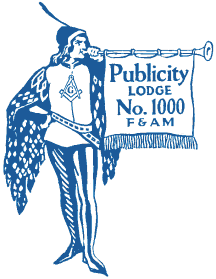

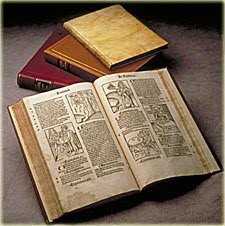


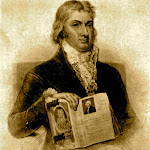




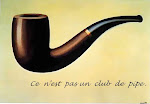
















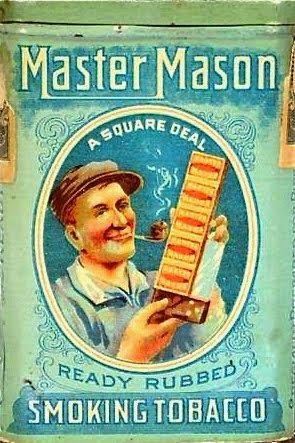


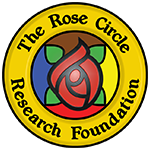

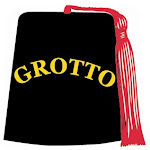








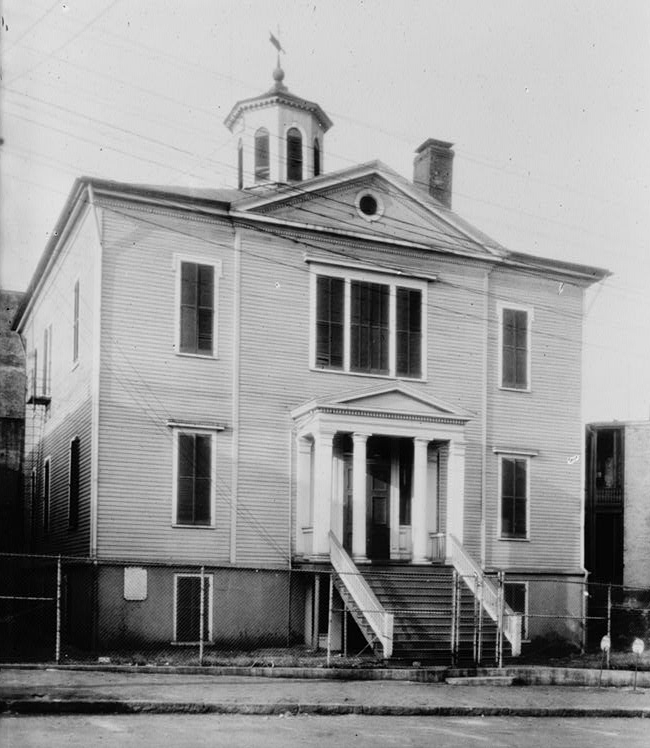
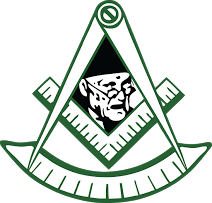
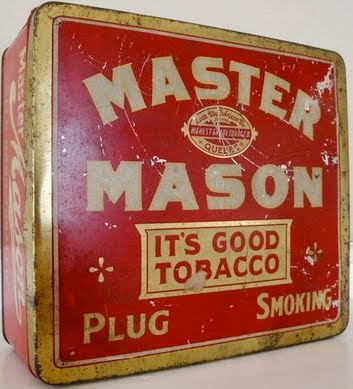



1 comment:
Except that Adams wasn't writing about the Fourth of July. He was writing about the Second of July - the date the resolution was adopted by the Congress.
Post a Comment